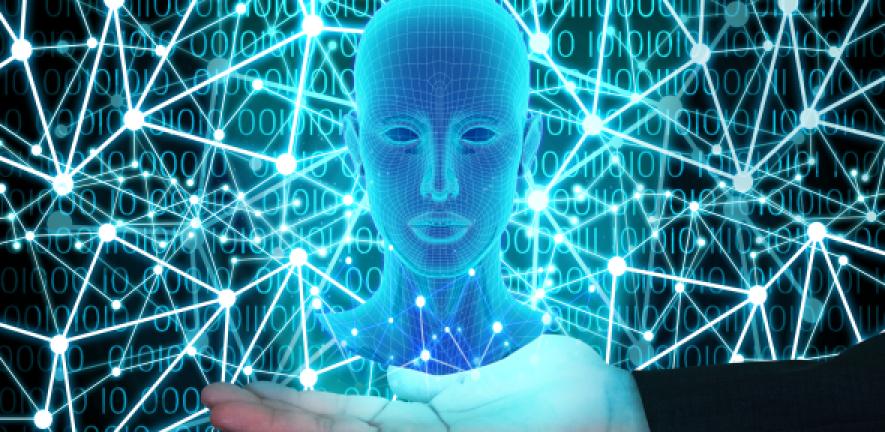
Isaac Newton Institute
Background
Data science is a fast growing academic discipline incorporating many interdisciplinary areas in engineering, physics and mathematics. Deep learning is now established as a main tool in large parts of modern data science. However, the understanding of deep learning, both from a mathematical and engineering point of view, is somewhat limited. A simple example is the unprecedented success of deep learning in image recognition and classification. This is one of the key problems in computer vision that has to be overcome in order to secure safe use of, for example, self-driving vehicles.
A fascinating issue is that the performance of deep learning methods for image recognition and classification is now often referred to as super human; however, these methods also become universally unstable. In particular, an image of a cat may be classified correctly, however, a tiny change, invisible to the human eye, may cause the algorithm to change its classification label from cat to a fire engine, or another label far from the original. The big question is why does this happen, can this potentially be dangerous if implemented on a self-driving car, and can it be fixed?
Aims and Objectives
Basic questions like the one above fuel the need for understanding the science and the mathematics behind deep learning and data science. This knowledge exchange event took place as part of the INI Research Programme on Approximation, Sampling and Compression in Data Science and aimed to highlight both the existing theory and the big unanswered questions regarding the science and mathematics of deep learning.
Inspired by the meeting organised by the National Academy of Sciences on “The Science of Deep Learning”, this one day event aimed to bring people from academia and industry together to discuss the science and mathematics behind deep learning and data science.
The Programme is available and some of the core topics and applications that were emphasised are:
-
Medical imaging and inverse problems
-
Approximation theory and properties of neural networks
-
Optimisation in deep learning and data science
-
Secure and safe use of deep learning methods.
The workshop featured talks from leading academics, as well as researchers from industry and provided a wide perspective on the many facets of modern data science.
This event was of interest to those working in pure, applied and computational analysis; mathematics; engineering; physics; computer science; big data; data processing; quantum computing; biomedical imaging and medicine; communication and security.
Posters
There was a poster exhibition running alongside the workshop and during the drinks reception.
Registration and Venue
Registration was free for academics and public sector attendees. A £50 registration fee was charged to cover attendance by those from industry.
There was no fee for registered participants of the INI Approximation, Sampling and Compression in Data Science Programme.
The workshop took place at the Isaac Newton Institute for Mathematical Sciences in Cambridge. Please see the Isaac Newton Institute website for further information about the venue.

